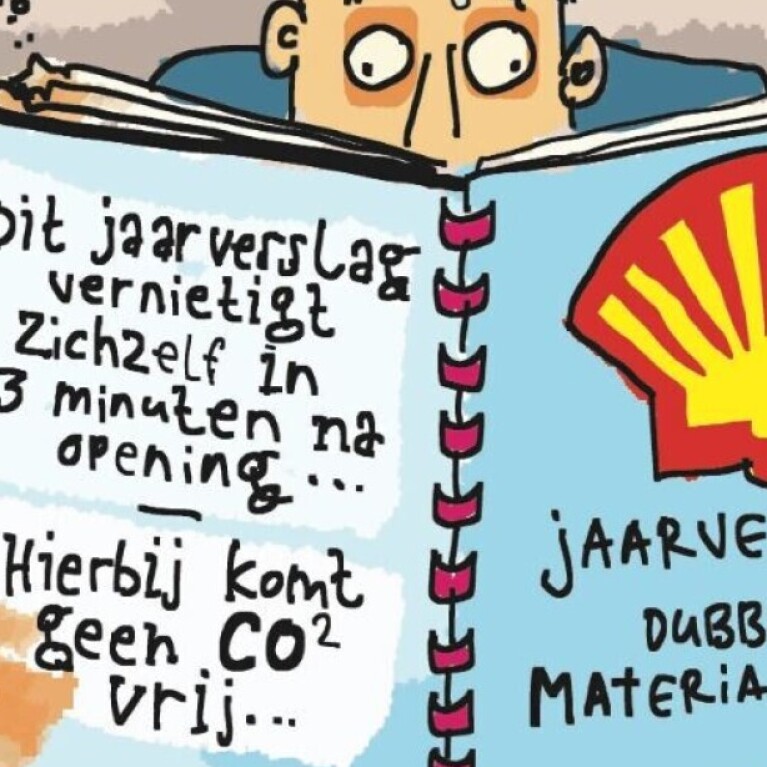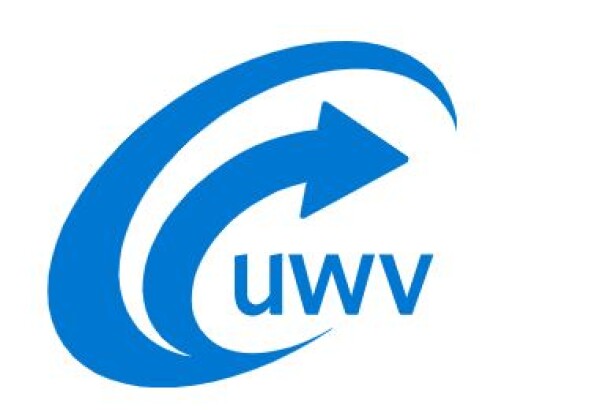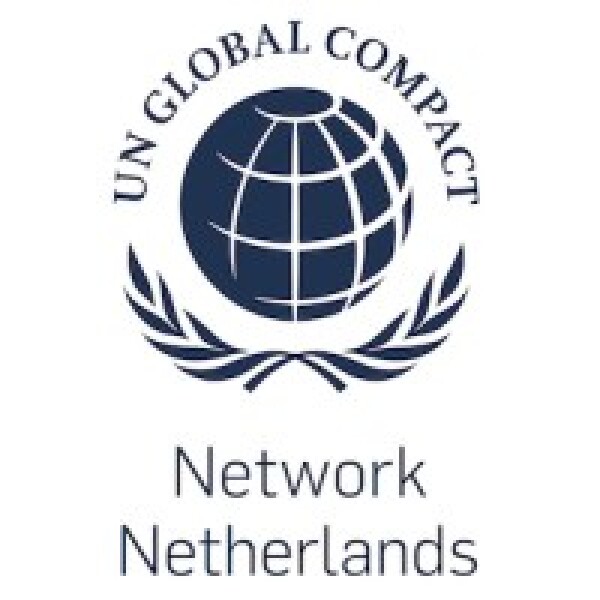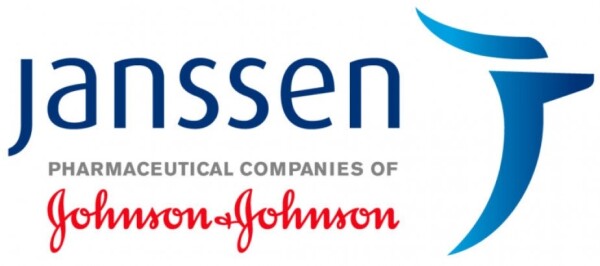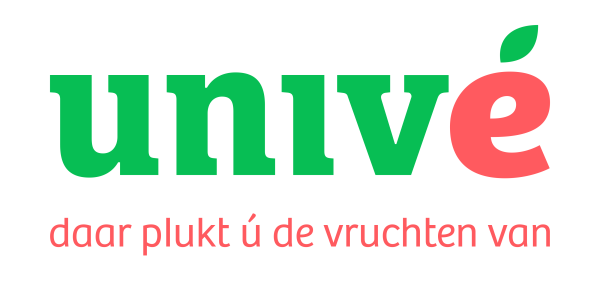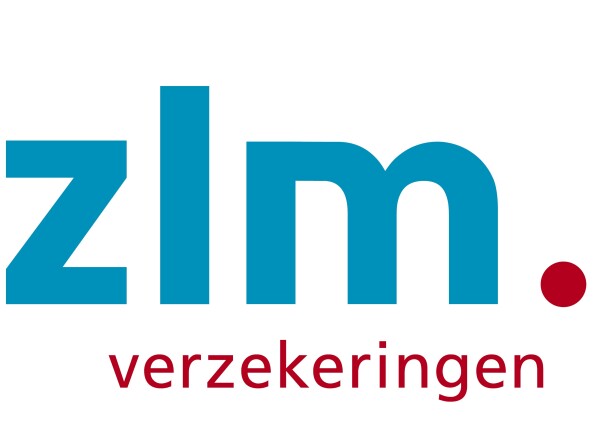CSRD demands guts and vulnerability from directors
Blog
Those who have studied the new Corporate Sustainability Reporting Directive (CSRD) in any depth will not have missed the concept of 'double materiality'. Not just a new buzzword, the concept was already included in the current corporate sustainability directive, the Non-Financial Reporting Directive (NFRD). Clearer explanation of the precise meaning of double materiality means that many directors have only now become aware that it is, indeed, the key to meaningful sustainability reporting.
A brief explanation of double materiality follows, for those not yet familiar with the concept. Materiality means only accounting for information that is relevant to the user of the annual report. So, for example, if Shell recycles its coffee cups, that’s useful, but it’s not the kind of information on which an investor or prospective employee (both users of the sustainability report) will base their decisions. While double materiality means reporting on topics that play a role in the outside world and affect the (financial) success of the company - also known as outside-in materiality or financial materiality – as well as accounting in areas in which the company has an impact on the outside world, through its business activities – known as inside-out materiality or impact materiality.
Management is used to including environmental and SWOT analyses in annual reports. This is a good basis for financial materiality, though it can include blind spots with regard to the importance and urgency of the opportunities and risks associated with sustainability themes - such as climate change, reduced biodiversity and social inequality. Accounting for impact materiality, however, is new for many directors. It poses key questions, like what impact do my business activities have on people, nature and the economy? What does my company add? What value does my company extract? And how do we account for this?
The CSRD requires accountability for both positive and negative impacts. The amended Dutch corporate governance code also prescribes this. The code speaks of long-term value creation, but it should add value preservation and value destruction, to clarify that an organisation's negative impacts should also be taken into account.
And this is where it gets interesting. How does one identify an organisation’s impacts? How should one measure these impacts and account for them? And, more importantly, what are management’s plans to reduce negative impacts? Discussing these issues in the boardroom and making specific plans to address them is an urgent and growing need. Consider the action taken by Milieudefensie (Friends of the Earth Netherlands), which sent a letter to 29 Dutch companies, asking them to submit their climate plans. This is an example of transparency about negative impacts – and CO2 emissions are certainly a negative impact. Not impressed by the plans that have been delivered, Milieudefensie is now preparing its next court case.
Aiming to reduce negative impacts takes guts. Many of the required technologies are insufficiently proven and still require high development costs. Far-reaching societal challenges require unconventional partnerships, perhaps with competitors. And plans must be long-term, avoiding short-term focus and objectives that change as management changes over time.
Transparency about negative impacts also requires vulnerability. We don’t know exactly which strategy will lead to success. So management must be open to feedback and actively listen to stakeholders. How are their interests affected by the company? How can they contribute to reducing negative impacts? The CEO who will be most successful in ensuring the continuity of an organisation is no longer the one who just sets the course and makes the decisions, but the one who actively involves stakeholders in decision-making.
Footnote: Original blog text, a version of which was edited by and published in Het Financieele Dagblad, 5 May 2022, and can be read here.
For questions please reach out to Nicolette: +316 53288506
Back to news